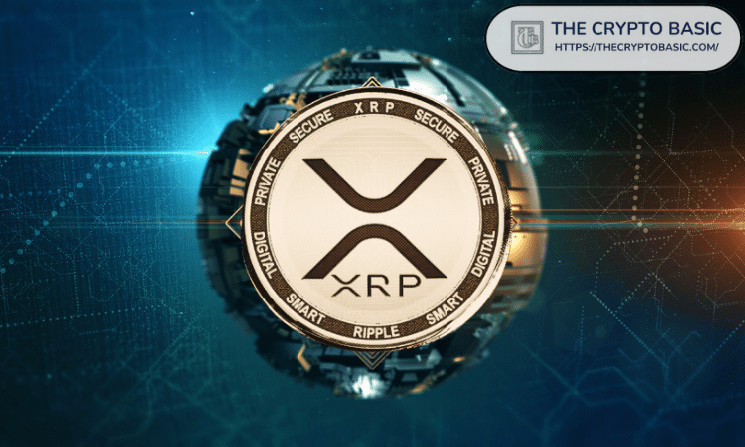Research Shows Institutions Using XRP in All 7 Continents
 thecryptobasic.com 21 August 2024 07:57, UTC
thecryptobasic.com 21 August 2024 07:57, UTC Ripple has formed several partnerships globally that have seen either the XRPL or XRP utilized in every continent.
This is according to recent extensive research from Tokenicer, an enterprise blockchain researcher. Despite Ripple’s legal battle with the U.S. SEC, the company has expanded its partnerships and services worldwide, with significant traction outside the U.S.
Ripple forged multiple partnerships during the SEC lawsuit. While American companies remain hesitant and slow in widely adopting Ripple’s technology due to regulatory concerns, other regions have embraced the tech, allowing Ripple to make significant strides globally.
Ripple in South America and Europe
South America has seen notable developments with Ripple, particularly through the release of its Central Bank Digital Currency (CBDC) platform. For instance, the Bank of Colombia has tested its CBDC on Ripple’s platform.
Additionally, Ripple’s partnership with the National Federation of Associations of Central Bank Servers (Fenasbac) in Brazil aims to enhance the country’s financial sector, with collaboration efforts focusing on payments, tokenization and treasury management.
Europe is another region where Ripple’s influence has grown significantly. Ripple has collaborated with Clear Junction to facilitate cross-border payments between the European Union and the United Kingdom.
This partnership, under the regulatory oversight of the Financial Conduct Authority (FCA), sets Ripple up as a compliant and reliable partner in Europe.
Furthermore, the Central Bank of Montenegro has chosen Ripple’s CBDC platform for testing and deployment, while DZ Bank in Germany has integrated Ripple’s acquired digital asset custody firm, Metaco, into its digital asset platform.
Ripple Expands Presence in Asia and Middle East
Ripple’s presence in Asia is particularly strong, thanks to its longstanding partnership with SBI Holdings, which began in 2016.
This collaboration has led to significant advancements, such as the use of XRP for cross-border remittances across the Philippines, Vietnam, and Indonesia. These countries are among the fastest-growing remittance markets globally.
Additionally, Ripple has secured a Major Payments Institution (MPI) license from the Monetary Authority of Singapore, allowing it to expand its services in the region.
Ripple’s reach extends to the Middle East, where it has established strong connections in Dubai. Ripple’s partnership with the Dubai International Financial Centre seeks to advance blockchain adoption in the United Arab Emirates (UAE).
Moreover, Ripple has partnered with major banks in Egypt, such as the Commercial International Bank (CIB) and the National Bank of Egypt, to enable blockchain-based payments and non-fungible tokens (NFTs).
Africa, Oceania and Australia
Africa has also become a key area of focus for Ripple, particularly in the pan-African payments space. Ripple’s partnership with Onafriq, a leader in domestic digital payments, looks to enhance remittance capabilities across Africa, the Gulf nations, the UK, and Australia.
In Oceania, Ripple has seen notable progress in both the public and private sectors. The Republic of Palau has utilized Ripple’s CBDC platform to test a stablecoin pegged to the US Dollar.
In Australia, Novatti has launched a fiat-backed AUD stablecoin on the XRP Ledger, strengthening Ripple’s presence in the region. Additionally, Ripple has engaged in CBDC discussions with the Reserve Bank of New Zealand, although these talks are still in the early stages.




